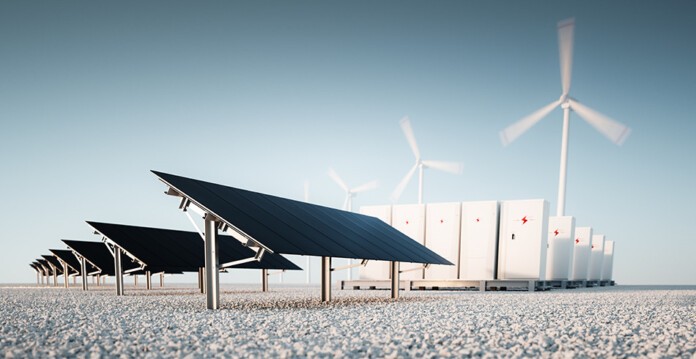The Victorian Government is setting one of the most ambitious emissions reduction targets in the world, cutting the state’s emissions by 75–80% by 2035 and committing to 95% renewable energy generation by 2035.
Minister for Climate Action Lily D’Ambrosio formalised the target under Victoria’s Climate Change Act 2017.
Related article: Reports show Victorians want equitable access to renewables
These new targets will ensure Victoria seizes the enormous economic opportunity climate change action presents—generating $63 billion of benefit to the economy and helping to create thousands of jobs.
The re-establishment of the State Electricity Commission (SEC) will be a key driver reducing emissions and bringing down power bills through $1 billion of initial investment into new renewable, government-owned energy. This investment will deliver 4.5GW of renewable power—the equivalent of Loy Yang A.
Victoria’s target of 95% renewable energy generation by 2035, renewable energy storage target of 6.3GW by 2035 and offshore wind energy targets will also enable the state to make this historic transition.
Later this year the government will legislate these emissions reduction target of 75-80% by 2035 and net zero emissions by 2045.
Minister for Climate Action Lily D’Ambrosio said, “Victoria is continuing to lead the way on climate action in Australia with our target to reduce emissions by 75-80 per cent by 2035 and net-zero by 2045.
Related article: Victorian businesses saving big with solar installations
“Victoria has cut emissions by more than any other state since 2014 and we’re laying the foundation for more long-lasting change with significant investments in renewable energy such as bringing back the SEC.”
Chair of the Independent Expert Panel Martijn Wilder AM said, “Victoria’s ambitious and achievable 2035 emissions reduction target takes into account the advice of the Independent Expert Panel and ensures Victoria remains aligned with the Paris Agreement goals, while accelerating clean investment in Victoria’s economy.”







